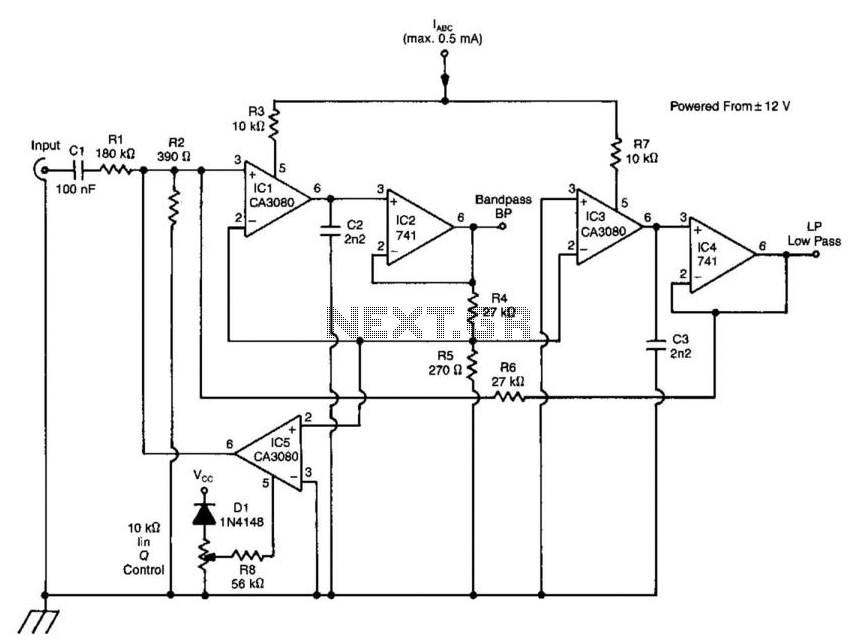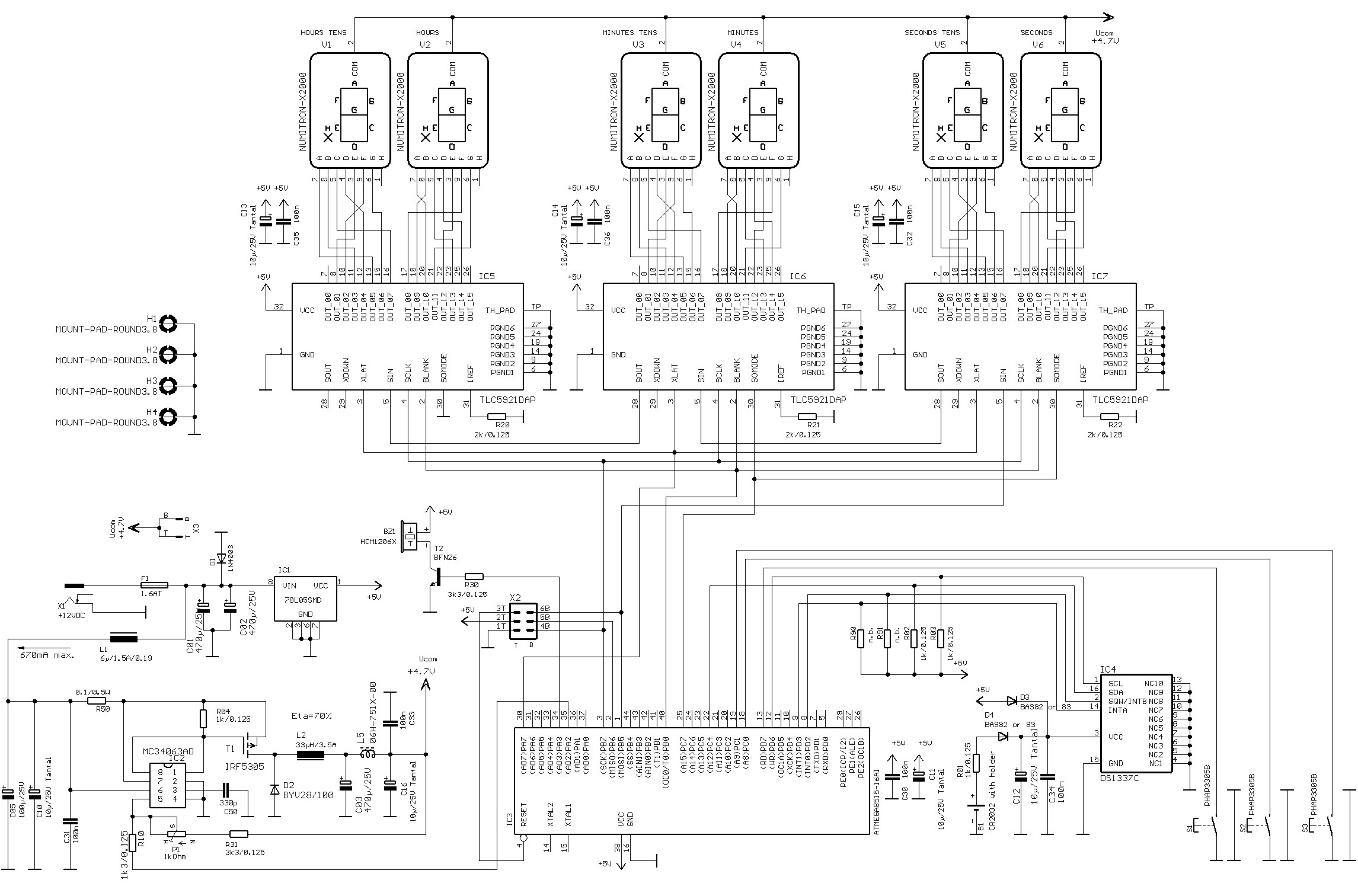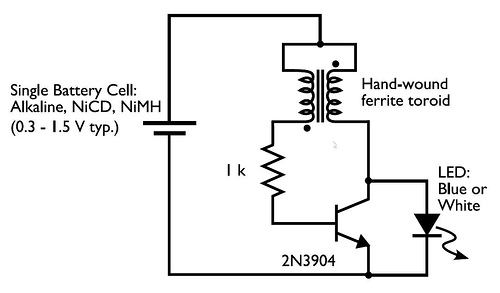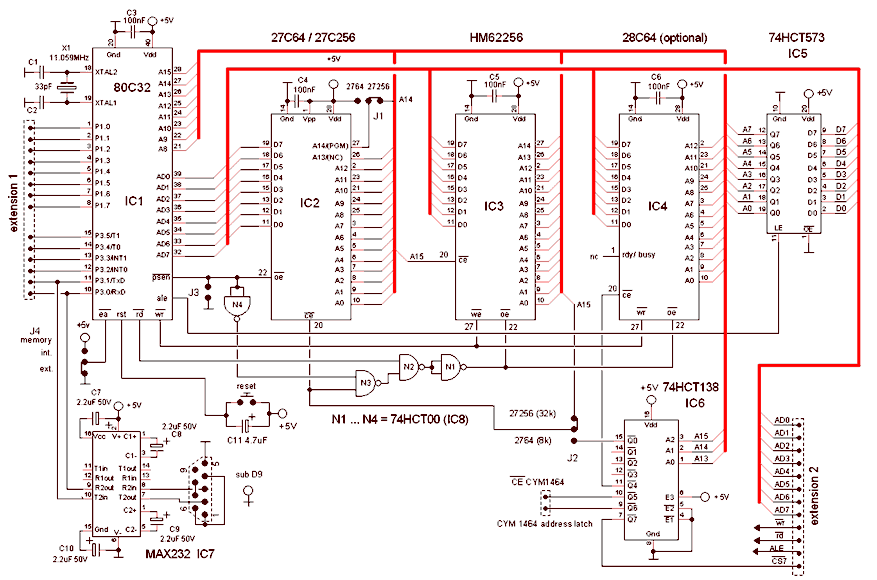
Propeller Clock Mechanically Scanned LED Clock
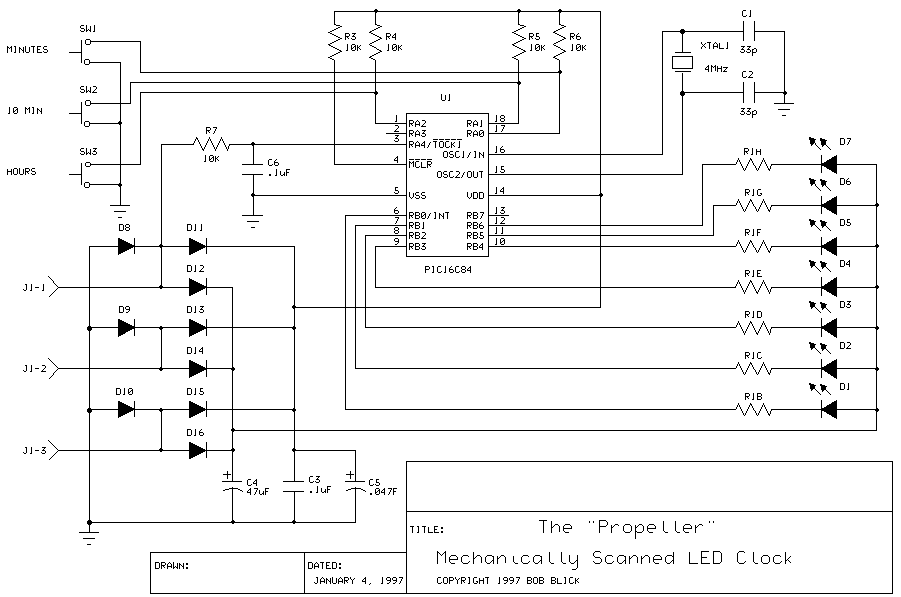
A motor spins the "propeller", and a small microprocessor keeps track of time and changes the pattern on seven LEDs with exact timing to simulate a 7 by 30 array of LEDs. It is an illusion, but it works nicely.
The described circuit involves a motor-driven propeller that creates an optical illusion by utilizing a microprocessor to control a series of seven LEDs. The microprocessor is programmed to manage the timing and sequence of the LED patterns in synchronization with the rotational speed of the propeller. This setup effectively simulates a larger array of LEDs, specifically a 7 by 30 grid, despite the limited number of actual LED components used.
The motor is typically a DC or stepper motor, selected based on the required speed and torque to achieve the desired visual effect. The propeller is attached to the motor shaft and spins at a predetermined rate, which can be adjusted via a PWM (Pulse Width Modulation) signal from the microprocessor to control the motor speed.
The microprocessor, which could be an Arduino, PIC, or similar, is responsible for generating the timing signals that dictate when each LED should turn on or off. The timing must be precise, as it directly influences the illusion of a continuous display. The microprocessor can be programmed with algorithms that account for the rotational speed of the propeller and the persistence of vision effect, allowing the LEDs to appear as if they are part of a larger display.
The seven LEDs are connected to the microprocessor through current-limiting resistors to prevent damage from excess current. The circuit may also include a power supply, typically a battery or an external power source, to provide the necessary voltage and current for both the motor and the microprocessor.
In summary, the circuit combines mechanical motion with electronic control to create a visually appealing effect, demonstrating the principles of persistence of vision and the effective use of microcontrollers in interactive display technologies.A motor spins the "propeller", and a small microprocessor keeps track of time and changes the pattern on seven LEDs with exact timing to simulate a 7 by 30 array of LEDs. It is an illusion, but it works nicely. 🔗 External reference
The described circuit involves a motor-driven propeller that creates an optical illusion by utilizing a microprocessor to control a series of seven LEDs. The microprocessor is programmed to manage the timing and sequence of the LED patterns in synchronization with the rotational speed of the propeller. This setup effectively simulates a larger array of LEDs, specifically a 7 by 30 grid, despite the limited number of actual LED components used.
The motor is typically a DC or stepper motor, selected based on the required speed and torque to achieve the desired visual effect. The propeller is attached to the motor shaft and spins at a predetermined rate, which can be adjusted via a PWM (Pulse Width Modulation) signal from the microprocessor to control the motor speed.
The microprocessor, which could be an Arduino, PIC, or similar, is responsible for generating the timing signals that dictate when each LED should turn on or off. The timing must be precise, as it directly influences the illusion of a continuous display. The microprocessor can be programmed with algorithms that account for the rotational speed of the propeller and the persistence of vision effect, allowing the LEDs to appear as if they are part of a larger display.
The seven LEDs are connected to the microprocessor through current-limiting resistors to prevent damage from excess current. The circuit may also include a power supply, typically a battery or an external power source, to provide the necessary voltage and current for both the motor and the microprocessor.
In summary, the circuit combines mechanical motion with electronic control to create a visually appealing effect, demonstrating the principles of persistence of vision and the effective use of microcontrollers in interactive display technologies.A motor spins the "propeller", and a small microprocessor keeps track of time and changes the pattern on seven LEDs with exact timing to simulate a 7 by 30 array of LEDs. It is an illusion, but it works nicely. 🔗 External reference


